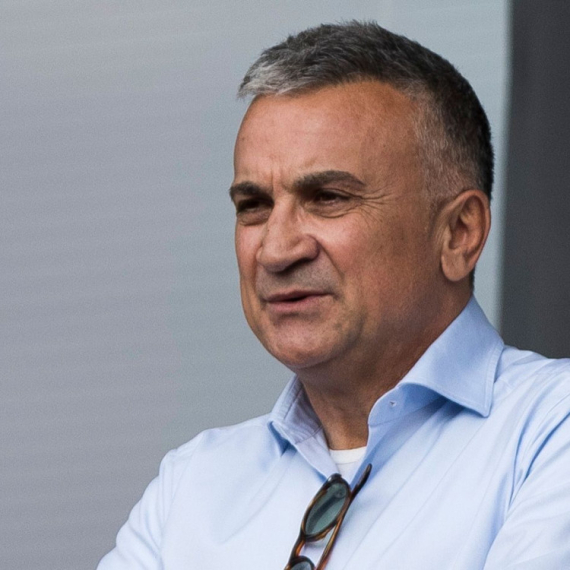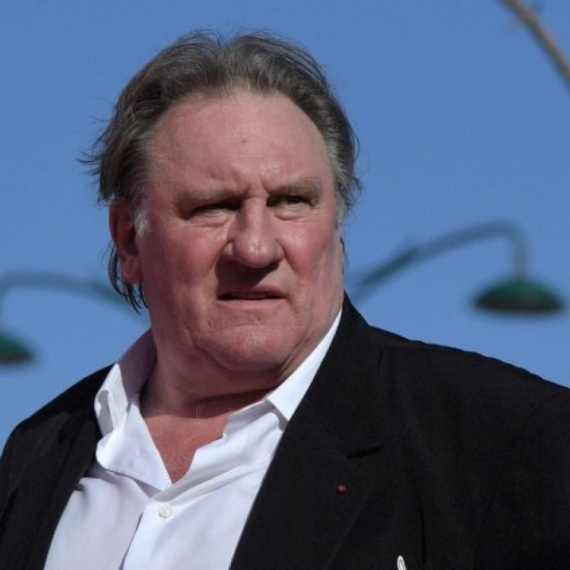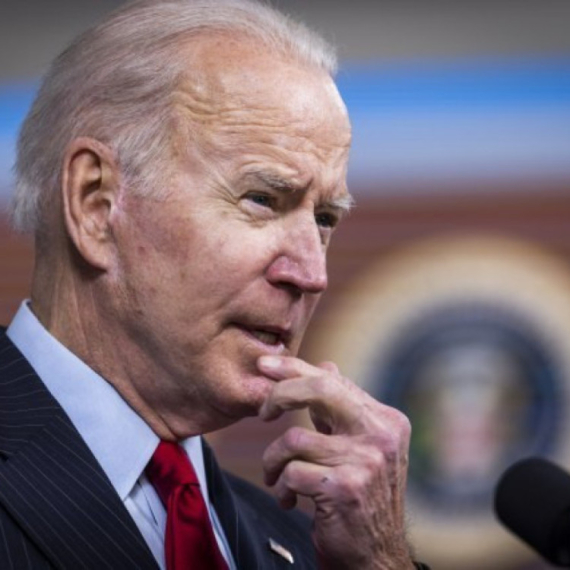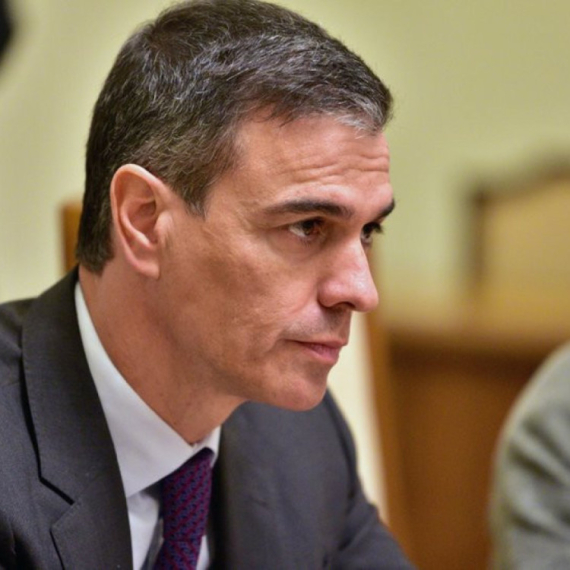Finance minister on pension reform
The essence of the government reform of the pension system, supported by the IMF, is a reduction of the number of pensioners, Diana Dragutinović says.
Wednesday, 24.02.2010.
11:04

The essence of the government reform of the pension system, supported by the IMF, is a reduction of the number of pensioners, Diana Dragutinovic says. “The reform also includes increase of the lowest with the reduction of the highest pensions,” the finance minister told B92. Finance minister on pension reform The effects of the reform, which was presented to a visiting IMF mission by the government, will be visible in five to ten years, and it has been envisaged that total expenditures for pensions will not exceed ten percent of the GDP, she said. “The essence of the reform is a reduction of the number of pensioners,” the minister said. “The basic idea is a reduction of the number of new pensioners, which can be achieved by raising the minimum retirement age from 53 to 58 years, as well as extending the minimum years of service for women from 35 to 38,” Dragutinovic explained. “A detailed analysis of all those professions, especially in the security sector, which are entitled to benefits when it comes to years of service has been done and enormous savings will happen there. All those are measures that will slow down the inflow of new pensioners. Those are the measures that are economical in the long run, plus they might make happy those who are receiving minimum pensions – that the sum will be somewhat increased with this reform, while the maximum pensions are reduced,” Dragutinovic said. She added that she shared National Bank of Serbia (NBS) Governor Radovan Jelasic’s opinion that the dinar exchange rate against the euro was reflecting the condition of the country’s economy. Instead of using interventions from the foreign exchange reserves to influence the exchange rate fluctuations, the finance minister is promoting the idea to launch a campaign on the state level which would confront what she referred to as “euroisation” – the domination of the euro in Serbia’s economy. “(We should) try to motivate banks, that the banks motivate their clients, to reduce the degree of euroisation by converting foreign currency loans, meaning those loans linked to the euro, into dinars. Also, by developing a secondary securities market, using the dinar deposits of the state, and so on,” Dragutinovic said. Commenting on the suggestions of the IMF that Serbia should change the course in the economy, the minister said that she was in favor of a new public policy that should, beside the reduction of public expenditure, include the euro market exchange rate, low deficit and inflation, safety of contracts, combat against corruption and construction of good infrastructure, “because those were the criteria applied by the foreign investors when they are deciding about coming to Serbia”. It was announced in Belgrade yesterday that the IMF delegation, led by Albert Jaeger, and the Serbian government reached agreement in their talks on the third revision of the stand-by arrangement, worth a total of EUR 2.9bn. Jaeger, Dragutinovic in Belgrade on Tuesday (Beta)
Finance minister on pension reform
The effects of the reform, which was presented to a visiting IMF mission by the government, will be visible in five to ten years, and it has been envisaged that total expenditures for pensions will not exceed ten percent of the GDP, she said.“The essence of the reform is a reduction of the number of pensioners,” the minister said.
“The basic idea is a reduction of the number of new pensioners, which can be achieved by raising the minimum retirement age from 53 to 58 years, as well as extending the minimum years of service for women from 35 to 38,” Dragutinović explained.
“A detailed analysis of all those professions, especially in the security sector, which are entitled to benefits when it comes to years of service has been done and enormous savings will happen there. All those are measures that will slow down the inflow of new pensioners. Those are the measures that are economical in the long run, plus they might make happy those who are receiving minimum pensions – that the sum will be somewhat increased with this reform, while the maximum pensions are reduced,” Dragutinović said.
She added that she shared National Bank of Serbia (NBS) Governor Radovan Jelašić’s opinion that the dinar exchange rate against the euro was reflecting the condition of the country’s economy.
Instead of using interventions from the foreign exchange reserves to influence the exchange rate fluctuations, the finance minister is promoting the idea to launch a campaign on the state level which would confront what she referred to as “euroisation” – the domination of the euro in Serbia’s economy.
“(We should) try to motivate banks, that the banks motivate their clients, to reduce the degree of euroisation by converting foreign currency loans, meaning those loans linked to the euro, into dinars. Also, by developing a secondary securities market, using the dinar deposits of the state, and so on,” Dragutinović said.
Commenting on the suggestions of the IMF that Serbia should change the course in the economy, the minister said that she was in favor of a new public policy that should, beside the reduction of public expenditure, include the euro market exchange rate, low deficit and inflation, safety of contracts, combat against corruption and construction of good infrastructure, “because those were the criteria applied by the foreign investors when they are deciding about coming to Serbia”.
It was announced in Belgrade yesterday that the IMF delegation, led by Albert Jaeger, and the Serbian government reached agreement in their talks on the third revision of the stand-by arrangement, worth a total of EUR 2.9bn.


























































Komentari 0